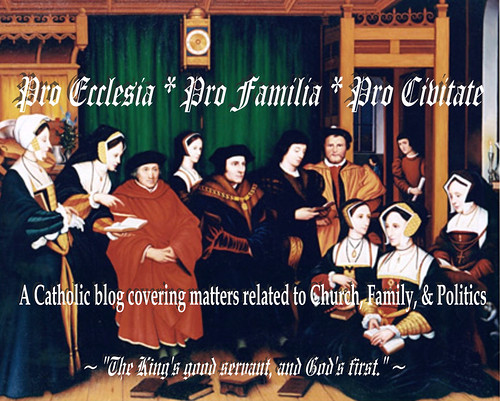Our Lady of Purity

~ From an early church calendar of English flowers, c. 1500.
Candlemas Day is a Christian Feast kept on 2nd February to commemorate the purification of the Virgin after the birth of Christ. On this day the image of the Virgin Mary is taken down and snowdrops spread in its place.
From the University of Dayton's "Mary Page":
From the BBC's website:The alabaster white snowdrop became a symbol of Mary's purity and was called the Flower of Purification because it bloomed on February 2, the Feast of the Purification of Mary. In Italy and other countries in Europe the statue of Mary was removed from the altar on that day and snowdrops were strewn in its place. This day was also the feast of the Presentation of Jesus in the Temple. The flowers were called Candlemas Bells after the ceremony of blessing the candles began late in the eighth century and February 2 also became known as Candlemas Day.
The snowdrop (Galanthus nivalis) is one of the most eagerly-awaited flowers, heralding the end of the British wintertime. Indeed, it is said to be the first flower of spring, symbolising purity and the cleansing of the earth after winter.
It is an early-flowering bulb plant of the daffodil family, which grows in damp regions of Europe and southwest Asia; and it is widely cultivated in gardens. Snowdrops will grow on any soil type, but prefer rich, moist soils.
The snowdrop grows from a small bulb, producing slender leaves about 6 inches long, and flower stalks ending in a solitary white flower with three spreading outer petals which are larger and more convex than the three inner ones. The flower is milky-white, as indicated by its scientific name, Galanthus (Greek, gala = milk, anthos = flower). There are green markings on the inner petals, which experts are able to use as a means of identification. Some cultivated forms have double flowers. Snowdrops always look particularly attractive when growing in grass or under trees.
 The grounds of Walsingham Priory (now known as Walsingham Abbey), site of extensive Medieval and modern-day Marian pilgrimage and devotion, are famous for the snowdrops in honour of the Blessed Virgin that appear this time of year.
The grounds of Walsingham Priory (now known as Walsingham Abbey), site of extensive Medieval and modern-day Marian pilgrimage and devotion, are famous for the snowdrops in honour of the Blessed Virgin that appear this time of year.UPDATE:
More on the Feast of Candlemas at Recta Ratio.



2 Comments:
You are calling my image on your blog from my server - without my permission.
You don't even have the simple integrity/honesty to give a credit line.
Remove any link to my domain immediately: http://www.twofrog.com
Your image has been removed. Please accept my apologies.
Post a Comment
<< Home